Minimum Safe Altitude (MSA) Explained for Pilots
As a pilot, understanding the concept of Minimum Safe Altitude (MSA) is crucial for ensuring safe flight operations, especially when navigating visually (VFR). Let’s delve deeper into what MSA entails and how it impacts your flight planning and execution.
What is MSA?
MSA refers to the altitude above ground level (AGL) at which an aircraft can safely fly to maintain clearance from obstacles and terrain. It’s calculated before flight based on various factors such as terrain elevation, obstacle height, and route specifics. While it provides a safety buffer, pilots should always prioritize visual navigation and weather awareness to mitigate risks.
When can you fly below MSA?
In clear weather conditions with adequate visibility, pilots may opt to fly below the calculated MSA if the ground is in sight and obstacles are easily avoidable. However, this decision must be made judiciously, and pilots should be prepared to climb above MSA if visibility decreases or weather deteriorates.
Importance of MSA for VFR Pilots
For pilots without instrument flying qualifications, MSA serves as a critical reference point for maintaining safe altitude in adverse weather conditions. It acts as a last resort to avoid obstacles and terrain when visual cues are lost. Pilots should exercise caution and consider canceling or diverting flights before being forced above MSA due to weather constraints.
Methods of Calculating MSA
There are two primary methods for determining MSA: the 5nm Method and the Maximum Elevation Figure (MEF) Method.
1. The 5nm Method
This method involves identifying the highest terrain or obstacle within a 5-nautical-mile radius of your planned track. Here’s how to calculate MSA using this method:
- If the highest point is an obstacle, round the elevation up to the nearest hundred feet and add 1,000 feet.
- If the highest point is a spot height, round the elevation up to the nearest hundred feet, add 300 feet for potential unmarked obstacles, and then add 1,000 feet.
2. The MEF Method
MEFs indicate the highest possible elevation within designated grid sections on aviation charts. To determine MSA using this method, identify the highest MEF along your route and add 1,000 feet. MEFs already incorporate a 300-foot buffer for unmarked obstacles.
Considerations for PPL and ATPL Students
For aspiring pilots pursuing Private Pilot License (PPL) or Airline Transport Pilot License (ATPL), understanding MSA is fundamental to flight planning and safety management. In addition to calculating MSA, students should be familiar with:
- Weather interpretation and its impact on MSA selection
- Emergency procedures related to MSA deviations
- Proper utilization of navigation aids and technology to maintain situational awareness
- Regulatory requirements regarding MSA adherence and airspace restrictions
Integration into Pilot Log (PLOG)
It’s imperative to calculate MSA for each leg of your flight route and document it in your Pilot Log (PLOG). This ensures that you have a clear reference point for altitude management and obstacle avoidance throughout your journey. Additionally, cross-referencing MSA values obtained from different calculation methods can provide a comprehensive safety assessment.
Example Scenario: Ross Airfield to Milson Airfield
For instance, in a hypothetical flight from Ross Airfield to Milson Airfield, we’ve determined an MSA of 3100 feet using the 5nm method. Although the MEF method yields the same MSA for this leg, it’s essential to recognize that results may vary based on route specifics and calculation techniques.
By incorporating MSA calculations into your flight planning process and adhering to established safety protocols, you can enhance operational efficiency and mitigate potential risks associated with low-altitude flight operations.
Learn More, visit our shop here
























